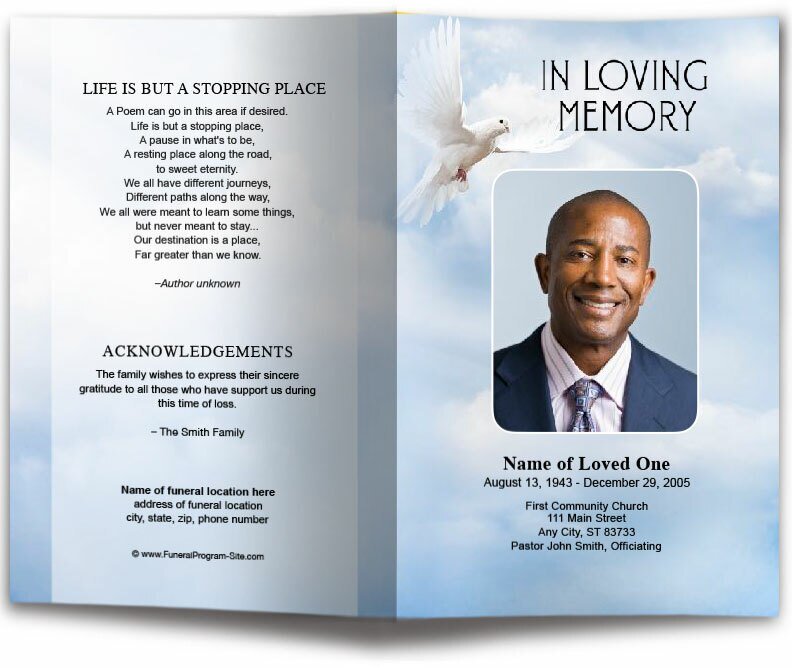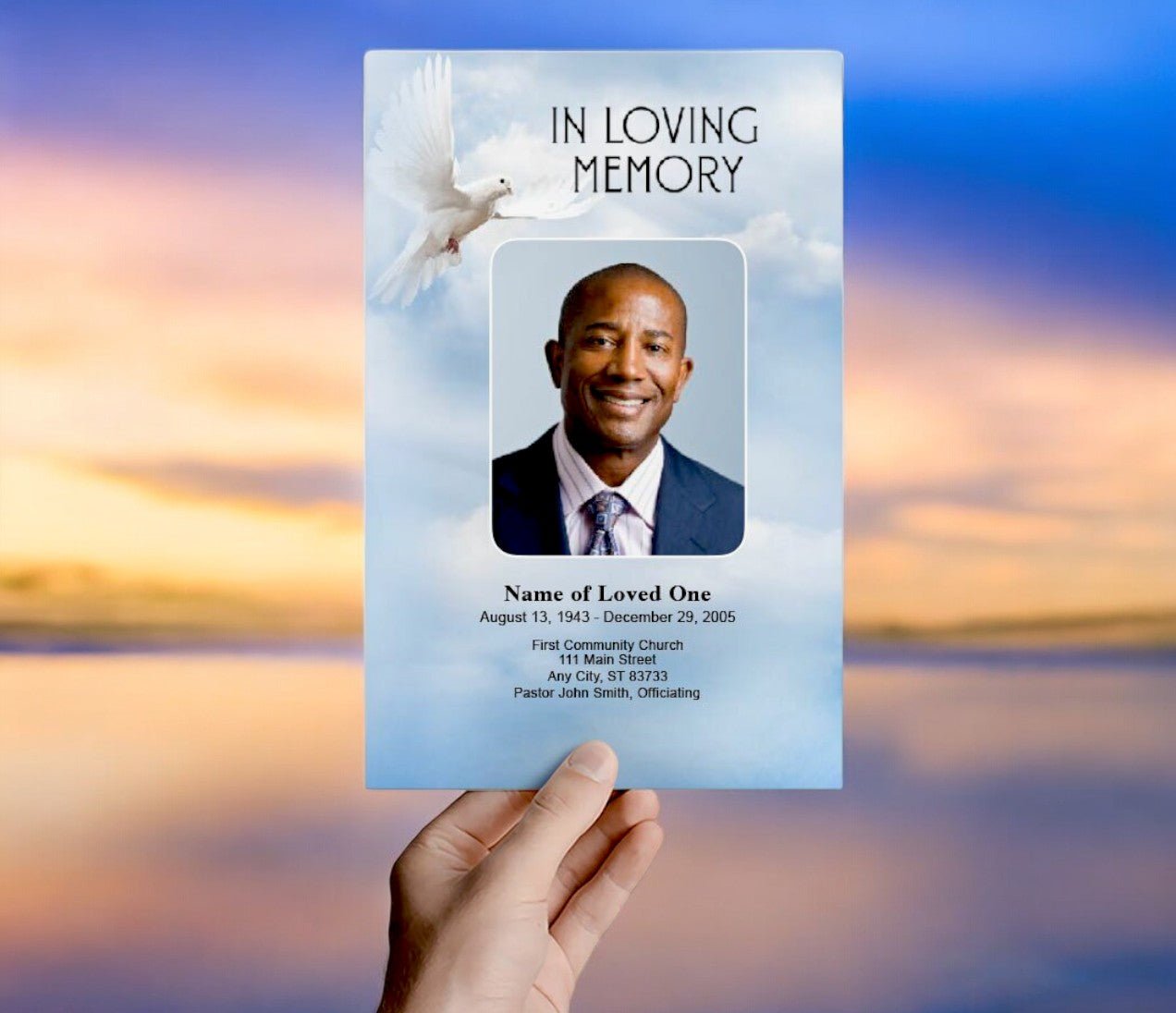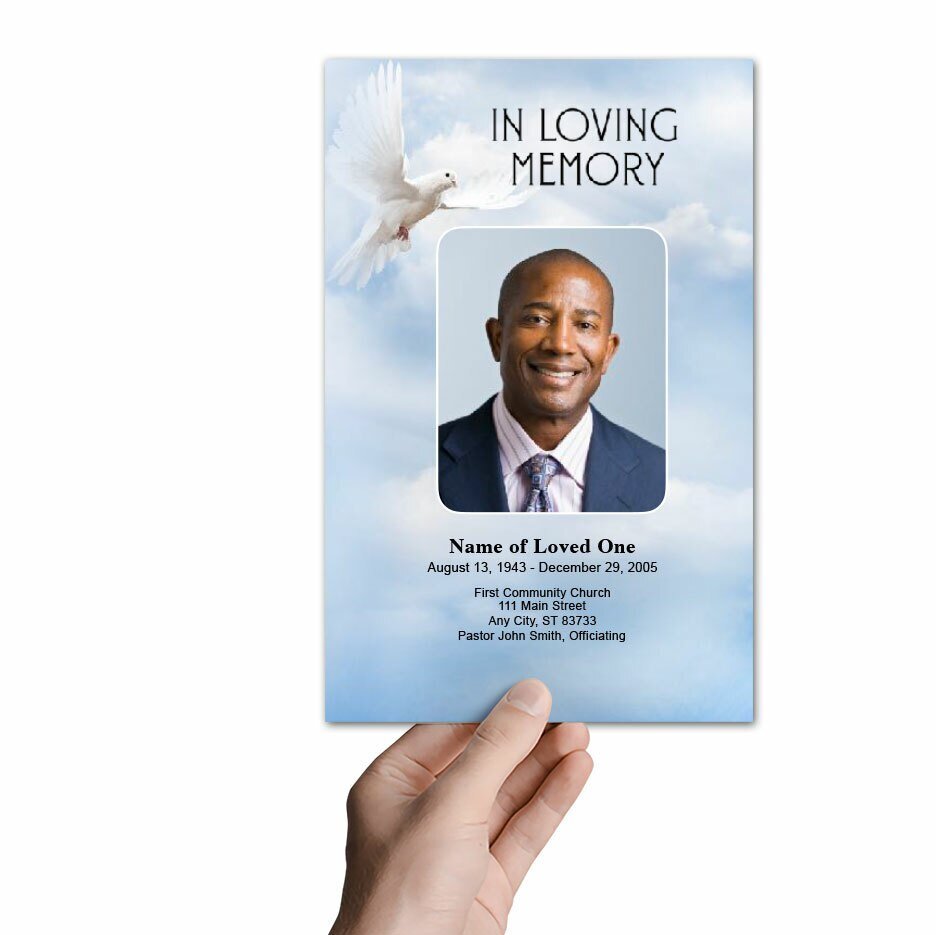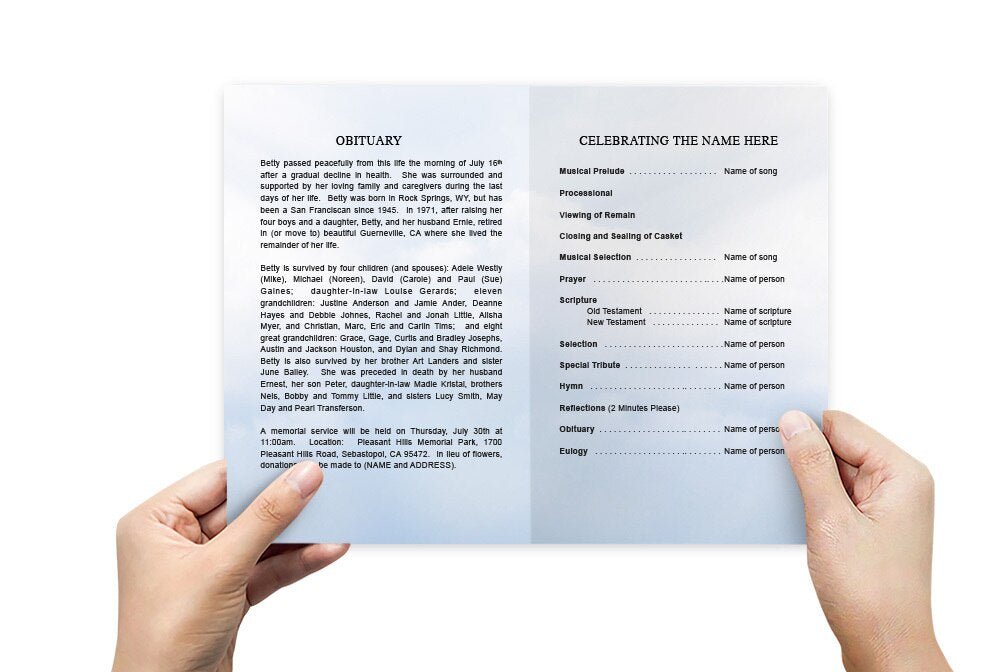Funeral Procession Car Order: A Complete Guide

A funeral procession is a solemn, respectful event that honors the deceased as they are transported from the funeral service to their final resting place. It involves a specific order of cars, each with an important role in the procession. Understanding the traditional funeral procession car order can help ensure the ceremony proceeds smoothly and respectfully.
Understanding the Funeral Procession Car Order
The order of cars in a funeral procession is typically arranged in a specific hierarchy to maintain decorum and respect. While traditions may vary slightly depending on cultural or religious practices, the following outlines the typical arrangement of vehicles in a funeral procession:
1. Lead Car
The lead car is usually the first vehicle in the funeral procession. This car is often driven by a funeral home staff member or a police escort, depending on the location and the size of the procession. The lead car ensures that the procession maintains a safe speed, follows the proper route, and stays together throughout the journey to the cemetery or crematorium.
2. Hearse
Immediately following the lead car is the hearse, which carries the casket or urn of the deceased. The hearse is the most symbolic vehicle in the procession, signifying the final journey of the deceased. It is typically a specially designed vehicle, with space in the back for the casket or cremation urn.
3. Family Limousines or Cars
Directly behind the hearse are the vehicles carrying the immediate family of the deceased. These are often limousines provided by the funeral home, but family members may also use their own cars. The vehicles in this section typically transport close relatives such as:
- The spouse or partner of the deceased
- Children and grandchildren
- Parents of the deceased
- Siblings
4. Pallbearers’ Car
In some funeral processions, there may be a separate vehicle for the pallbearers if they are not riding with the family. Pallbearers are responsible for carrying the casket at the funeral service and burial. This car typically follows directly behind the family vehicles.
5. Other Family and Friends
After the immediate family, the cars of extended family members and close friends are next in line. These vehicles carry relatives and friends who are not in the limousines with the immediate family but still wish to be part of the funeral procession. This section can vary in size depending on the number of attendees.
6. Additional Mourners and Guests
Following the vehicles of family and close friends are the cars of other mourners and guests attending the funeral. These individuals may include co-workers, acquaintances, and members of the community who wish to pay their respects. These cars are typically arranged in the order in which they join the procession, following behind the cars of the family and friends.
Special Considerations in a Funeral Procession
While the traditional funeral procession car order is generally followed, there may be some variations based on personal preferences, cultural customs, or religious traditions. Below are some special considerations to keep in mind:
Military or Honor Guard Escort
If the deceased was a military veteran or a member of an organization that provides an honor guard, there may be an additional vehicle for the military or honor guard escort. This vehicle can be positioned near the front of the procession, typically after the hearse or the family limousines.
Funeral Procession Etiquette
Funeral processions often have special rights on the road, and other drivers are expected to yield. It's important for everyone in the procession to follow proper etiquette, such as driving slowly, keeping their headlights on, and maintaining a close yet safe distance between vehicles.
Traffic Escorts
In some cases, especially for larger processions, police escorts or funeral escorts may be used to stop traffic at intersections and ensure that the procession remains together. These escorts may lead the procession or follow along the route, depending on local regulations.
Funeral Procession Car Order: A Complete Guide Conclusion
A funeral procession is a powerful way to honor the deceased as they are laid to rest. By following the traditional car order, you help maintain the dignity and respect that this ceremony deserves. From the lead car to the vehicles carrying extended family and friends, each part of the procession plays a meaningful role in celebrating the life of the departed and offering support to their loved ones.
© The Funeral Program Site ~ Funeral Programs, Funeral Program Templates and Cancer Ribbons





























